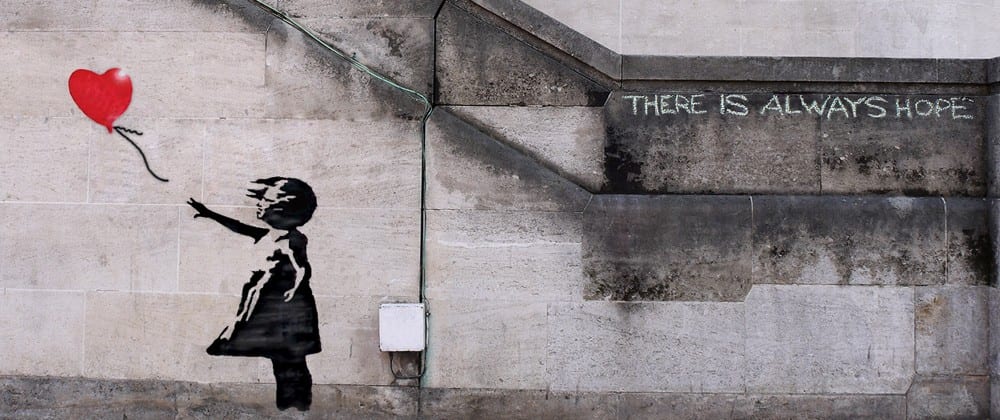As technology has increasingly become a part of our daily lives and something which we feel ‘disconnected’ without, it has inevitably begun to seep into theatre and performance. Performances which employ digital technology not merely to support or enhance a ‘traditional’ play, but to create an entire performance within itself have become mainstream and are increasingly attractive to artists and performance makers. This use of technology is bringing us closer to a future (in a general and performative sense) where the human being will become obsolete. In their book Multimedia Performance, Rosemary Klich and Edward Scheer reference Fredrick Kittler who “argues that not only does the digitisation of media erode the notion of ‘media’ itself, but it eradicates the necessity for human interface” (Klich and Scheer, 2012, 179). Furthermore they reference Fredrick Kittler when they say “Kittler sees information as autonomous, and perceives digitisation as potentially creating a medium able to record and write reality independent of human interference” (Klich and Scheer, 2012, 180). However, the notion that the human being will no longer be a requisite component of the performance process is argued by other specialists in the field such as Mark Hansen, who refers to Raymond Ruyer when stating
“transmission itself, insofar as it remains mechanical, is the only transmission of a pattern, or structural order without internal unity. A conscious being, by apprehending this pattern as a whole, makes it take on form…sound waves on the telephone have been redrawn…by electrical relays, and if an ear, or rather a conscious ‘I’ was not, in the end, listening to all the stages of the informational machine, one would only ever discover fragmented functions and never a form properly speaking” (Klich and Scheer, 2012, 180).
Developing art and performance which creates an immersive experience is also something which digital and virtual artists have been trying to successfully produce. A truly immersive experience is almost impossible to achieve as in order to do so the spectator must fully believe that they are ‘within’ the performance and effectively forget the actual world around them. Cognitive immersion is a more achievable goal due to the audiences willingness to suspend their disbelief and engage with the action being portrayed on stage. As Klich and Scheer state “In traditional theatre, the staged fiction creates a discrete alternative world, and the house lights are blackened so as to help the audience forget their physical reality and become part of the fictional realm” (Klich and Scheer, 2012, 128).
Sensory immersion is more difficult for artists to achieve. It requires more stimulation of the senses of the spectator but less conscious recognition of the fictitious nature of the performance happening before them. Klich and Scheer state that “In post-dramatic theatre, where there is no clearly demarcated alternative reality, there is still potential for the audience to experience a high degree of immersion, not immersion in an alternative world, but immersion in the spatial ‘here and now’, an enhanced state of being in relation to the surrounding space and responding to immediate stimuli” (Klich and Scheer, 2012, 131).
Video artist Bill Viola uses video technology as a medium to highlight to the spectator the four elements of earth, air, fire and water. In his piece below, entitled Tristan’s Ascension, Viola uses recorded footage of a huge amount of water falling onto an individual who is laid on a platform, which is then played backwards with the sound of the falling water increasing as the piece progresses, creating a sensorial and evocative experience for the spectator.
In a performance designed to create a completely different response in the audience, Granular Synthesis produced an installation piece entitled Modell 5, in which recorded images of a woman singing are played repetitively, at high speed, creating unnatural sounds and movements. The ‘liveness’ of the piece is provided in the form of a member of the group mixing the images and sound in real time. Alongside this, the volume is extremely loud within the performance space, creating an uncomfortable and somewhat overwhelming environment in which to experience the performance.
Session notes.
Digital performance, particularly online performance, is more instantaneous than any other art form and can be shared internationally, with millions of people, with a single click.
We ‘perform’ online, experimenting with personas, masks and invented personalities.
Digital or virtual performances very often do not include a live element, preferring to put the emphasis on the audiences experiences or the aesthetic/sensorial experience.
It has nothing in common with cognitive thought or understanding, rather it involves a lot of sensorial stimulation.
Bill Viola, Janet Cardiff, Granular Synthesis, all digital/virtual artists.
Technology fuses with the experience of humanity.
Bibliography.
Klich, Rosemary and Scheer, Edward. (2012) Multimedia Performance. Basingstoke: Palgrave Macmillan.
